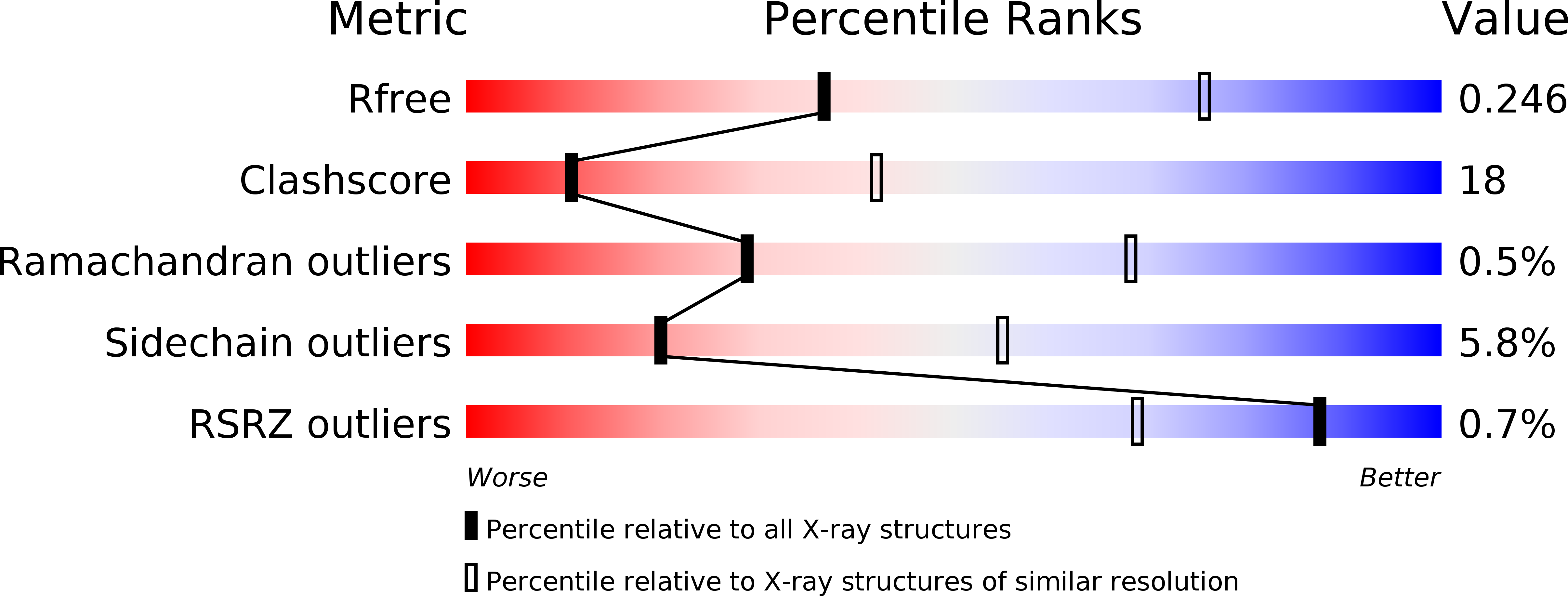
Deposition Date
2015-07-03
Release Date
2015-09-02
Last Version Date
2023-11-08
Entry Detail
PDB ID:
5CD8
Keywords:
Title:
Crystal structure of the NTD of Drosophila Oskar protein
Biological Source:
Source Organism:
Drosophila melanogaster (Taxon ID: 7227)
Host Organism:
Method Details:
Experimental Method:
Resolution:
3.00 Å
R-Value Free:
0.24
R-Value Work:
0.18
R-Value Observed:
0.19
Space Group:
P 32


